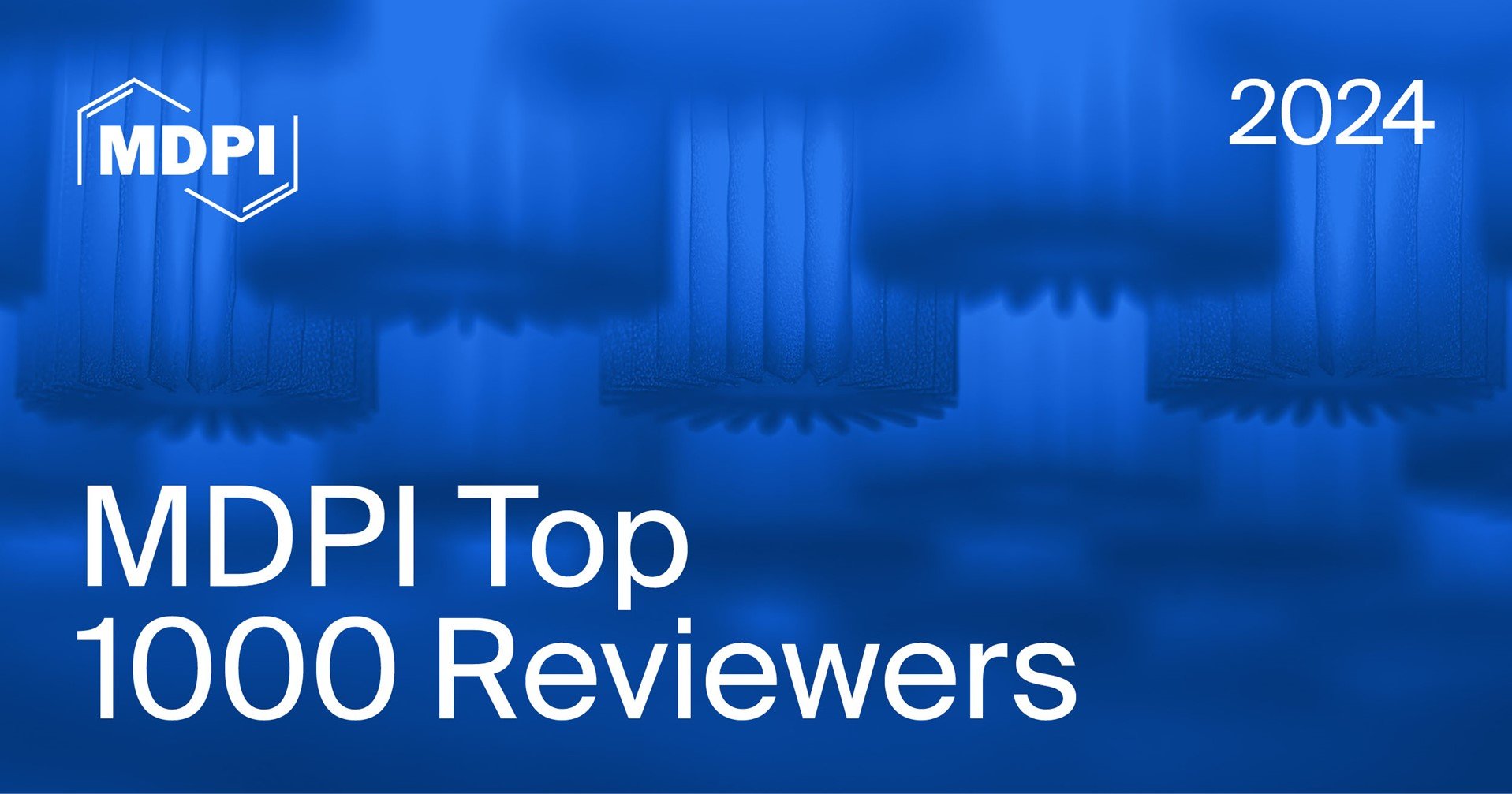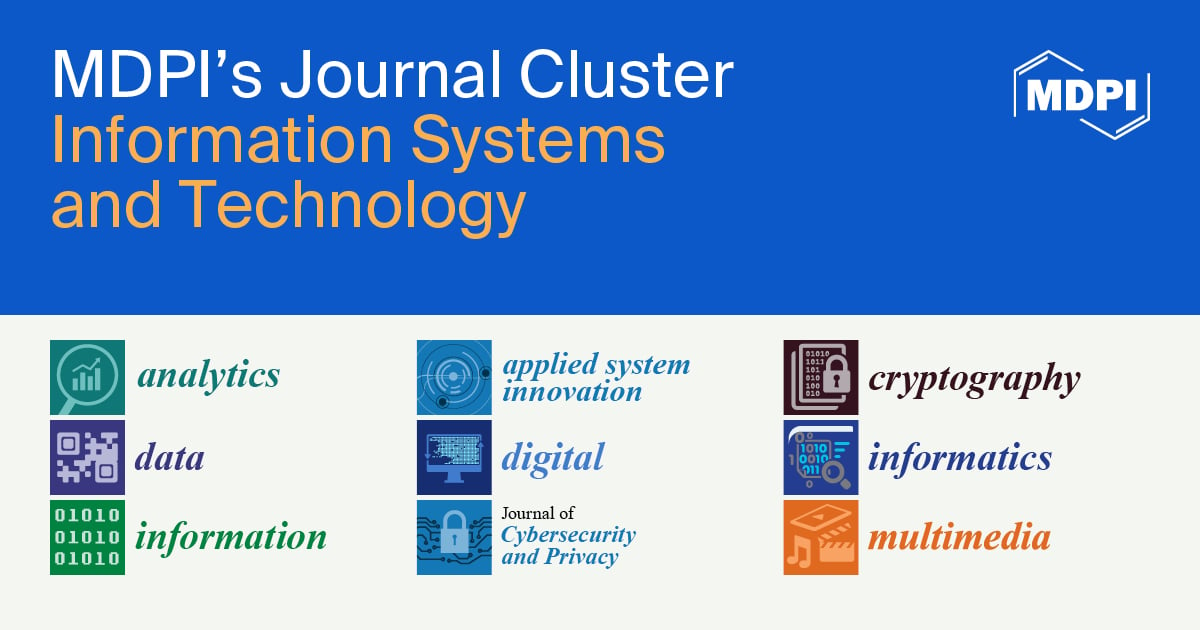-
 An Overview on LCA Integration in BIM: Tools, Applications, and Future Trends
An Overview on LCA Integration in BIM: Tools, Applications, and Future Trends -
 Artificial Intelligence in Construction Project Management: A Structured Literature Review of Its Evolution in Application and Future Trends
Artificial Intelligence in Construction Project Management: A Structured Literature Review of Its Evolution in Application and Future Trends -
 Digital HRM Practices and Perceived Digital Competence: An Analysis of Organizational Culture’s Role
Digital HRM Practices and Perceived Digital Competence: An Analysis of Organizational Culture’s Role -
 Beauty Tech—Customer Experience and Loyalty of Augmented Reality- and Artificial Intelligence-Driven Cosmetics
Beauty Tech—Customer Experience and Loyalty of Augmented Reality- and Artificial Intelligence-Driven Cosmetics -
 Passing with ChatGPT? Ethical Evaluations of Generative AI Use in Higher Education
Passing with ChatGPT? Ethical Evaluations of Generative AI Use in Higher Education
Journal Description
Digital
- Open Access— free for readers, with article processing charges (APC) paid by authors or their institutions.
- High Visibility: indexed within Scopus, Ei Compendex, EBSCO, and other databases.
- Rapid Publication: manuscripts are peer-reviewed and a first decision is provided to authors approximately 33.9 days after submission; acceptance to publication is undertaken in 3.6 days (median values for papers published in this journal in the first half of 2025).
- Journal Rank: CiteScore - Q2 (Computer Science (miscellaneous))
- Recognition of Reviewers: APC discount vouchers, optional signed peer review, and reviewer names published annually in the journal.
Latest Articles
Highly Accessed Articles
Latest Books
E-Mail Alert
News
Topics
Deadline: 30 June 2026
Deadline: 8 July 2028
Conferences
Special Issues
Deadline: 25 December 2025
Deadline: 25 February 2026
Deadline: 31 March 2026



























